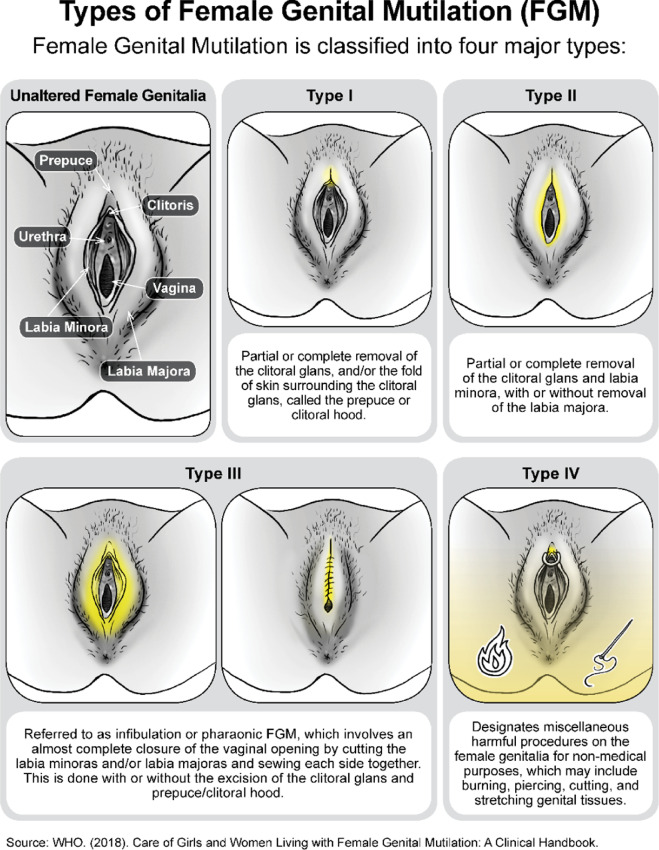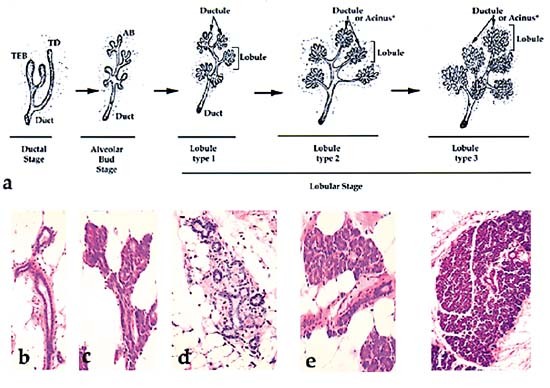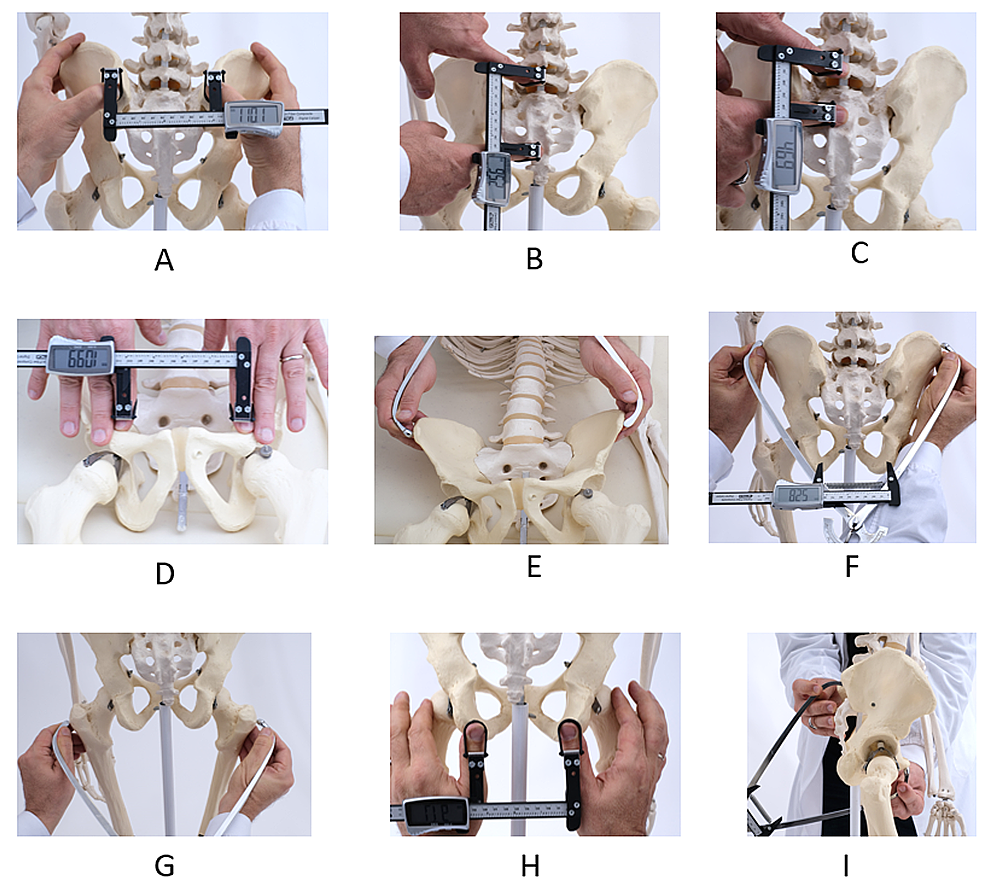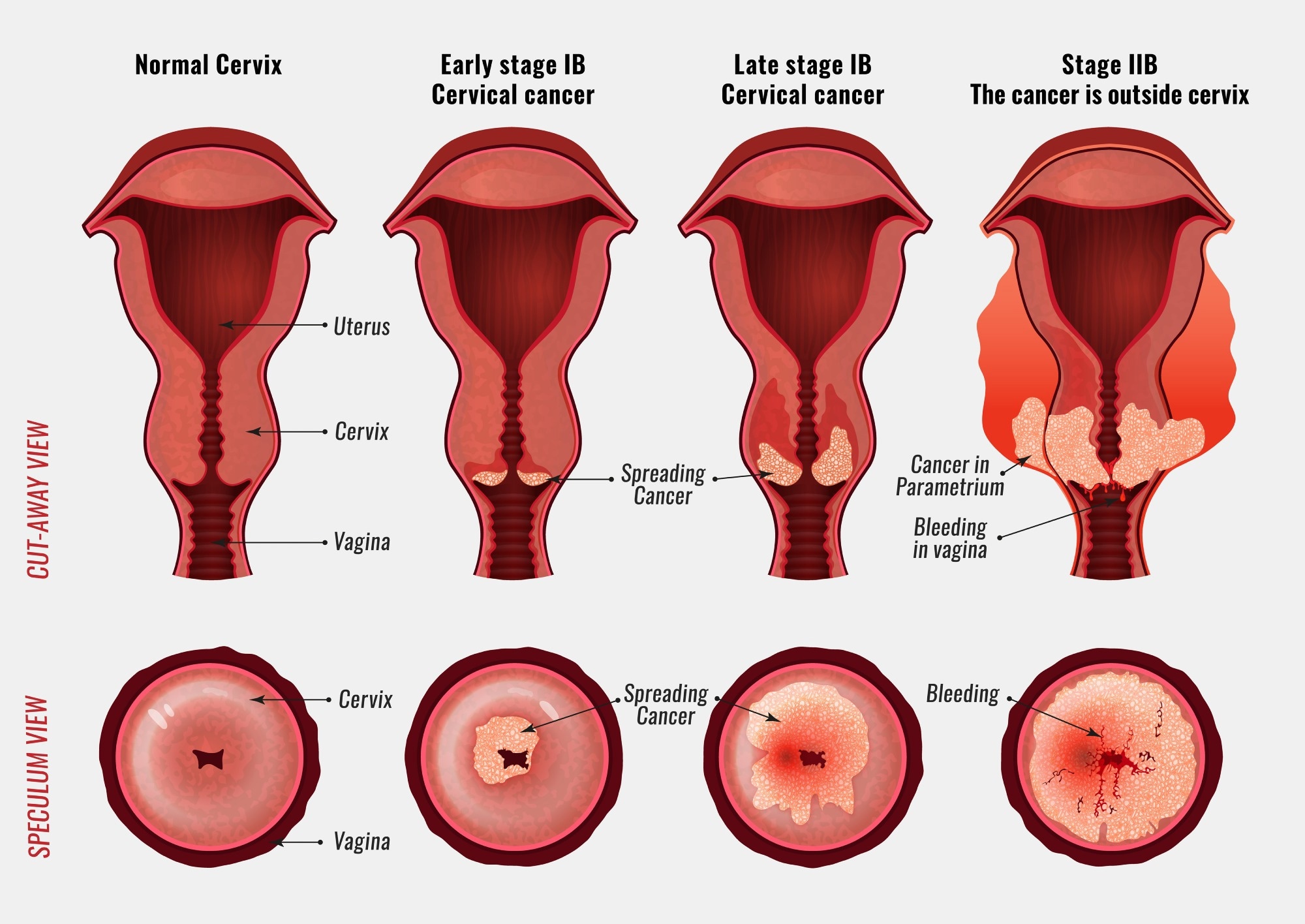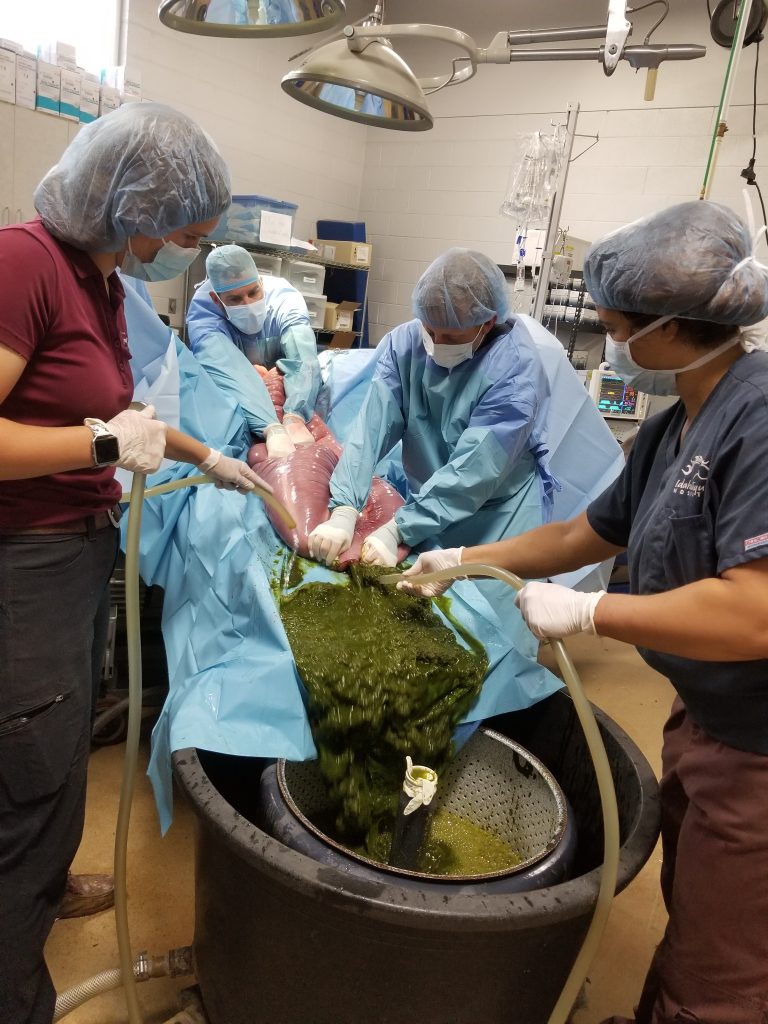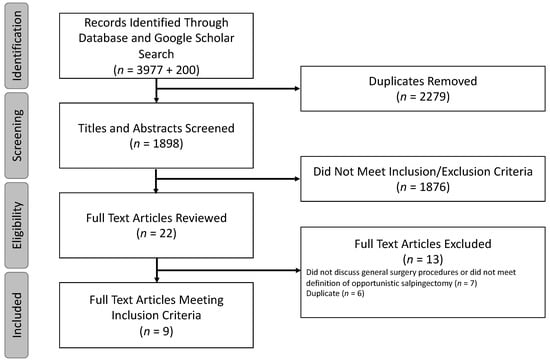The Hidden Trauma of Genital Tract Injuries: A Comprehensive Guide
– Genital trauma refers to trauma to the genitalia, including the genital tract.
– Limited scientific data and evidence exist on genital injuries resulting from sexual assault.
– Studies on genital injuries have primarily focused on collecting evidence for legal purposes rather than medical purposes.
– Methods of studying and documenting genital injuries have improved through the use of tissue staining dyes and colposcopy.
– Vaginal trauma can occur during consensual and non-consensual intercourse, making it difficult to determine the circumstances based solely on a physical examination.
– Women are three times more likely to have vaginal injuries and intercourse-related injuries from a forced assault compared to consensual sexual experiences.
– Vaginal lacerations during intercourse may require surgery, while victims of forced assault may need additional services such as police intervention and trauma counseling.
– There is limited research on minor injuries in women of different age groups that do not require surgery or treatment.
– Factors that can predispose women to vaginal injury during consensual sex include first sexual experience, pregnancy, vigorous penetration, vaginal atrophy and spasm, previous operation or radiation therapy, disproportionate genitalia, penile ornamentation, and congenital anomalies.
– The missionary position with legs tilted all the way back during vaginal intercourse can lead to deep penetration and rotation of the uterus, potentially causing vaginal rupture.
– Vaginal tearing can occur in rape victims due to lack of vaginal lengthening and lubrication.
– Vulvar trauma is more common in prepubertal children and can occur from normal activities or sexual assault.
– Vaginal trauma can occur from the insertion of sharp objects, causing penetrating trauma.
– Severe vaginal injuries may require immediate medical attention if bleeding does not stop.
– Episiotomies can cause vaginal trauma.
– Penile trauma can occur in various forms, such as abrasions from zipper injuries or fractures from sexual activity.
– Penile amputation is a rare but emergency urological condition, often resulting from self-mutilation, accidents, or other causes.
– Micro-surgical repair is the most effective treatment method for penile trauma.
– Testicular trauma can occur from blunt, penetrating, or degloving injuries, particularly during contact sports.
– Wearing athletic cups can provide protection against testicular trauma.
– Testicular trauma can cause severe pain, bruising, swelling, and potential infertility.
